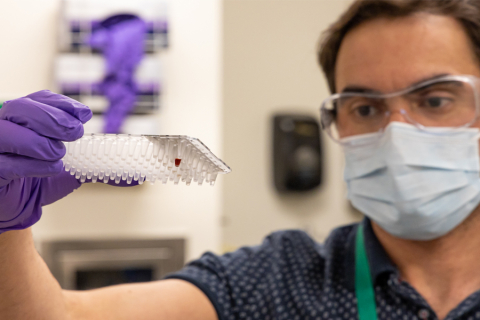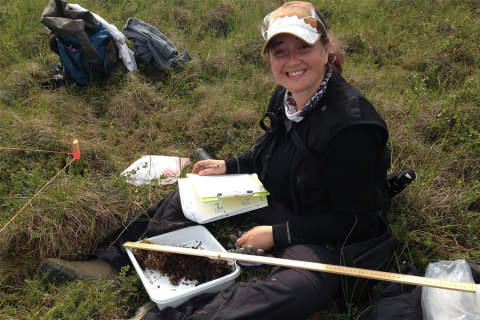Applying machine learning to a unified library of biomedical information could help accelerate life-saving discoveries.
The DOE has awarded the Pegasus fusion research program a series of new grants and budget supplements totaling $7.9 million over three years.
Northwestern University researchers have developed a family of soft materials that imitates living creatures.

The NVBL is bringing the national laboratories together to tackle the pandemic.
A team of researchers at Oak Ridge & Argonne laboratories has performed the first room-temperature X-ray measurements on the SARS-CoV-2 main protease.

Plant roots are just as essential to ecological systems as the parts above ground. Colleen Iversen works to understand these dynamics.
The machine makes concise miniature blasts, which send a clean wave through the interface between the heavier and lighter gases in the chamber.
A team led by the Department of Energy’s Oak Ridge National Laboratory synthesized a tiny structure with high surface area.
New technique overcomes major barrier in bacterial engineering, setting the stage for medical advances.

Athena Safa Sefat focuses on superconductors to understand the design of quantum materials, to predict the next generation of materials.

